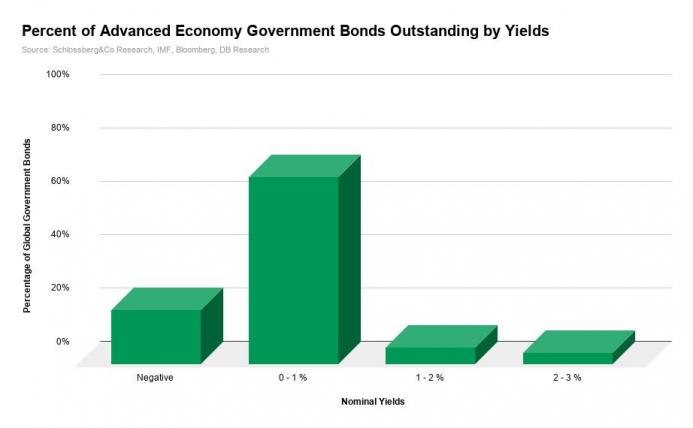The Association of Southeast Asian Nations (ASEAN), an economic bloc consisting of ten nations, is no stranger to praise. By lifting tariffs on nearly 8,000 goods, increasing business access to neighbouring markets and lowering prices for consumers, it has reached an annual GDP growth of 4.6% (exceeding the global average of 3.2% by a sizeable margin), and has been frequently portrayed as an “unexpected success story against all odds”. However, the “odds” have recently caught up to it. ASEAN is more divided than ever and has stumbled when coordinating responses to three paramount issues: regional inequality, the fallout of US-China tensions and the disruption caused by the military takeover in Myanmar.
Seismic economic gaps have emerged between ASEAN countries. Over the last decade, Singapore’s GDP per capita grew by $27,000, compared to a meagre increase of $800 in Myanmar. This inequality is exacerbated by two glaring factors. Poorer ASEAN nations receive little foreign direct investment since they are regarded as risky bets, leading to higher unemployment and less disposable income for their citizens. Moreover, since their governments obtain less corporation and income tax as a result, they are unable to spend heavily on services which are pivotal for the growth of their economies, including infrastructure and education. Since the climate also varies between members of the alliance, some endure billions in annual costs due to natural disasters, while others enjoy the luxury of coping with none. Not only does inequality create tension between member states and undermine regional cohesion, but it increases the likelihood of one economy crumbling, which would lead to its counterparts missing out on imports or suffering from unpaid loans. This was demonstrated during the 1997-8 Asian financial crisis, which saw the union lose a third of its GDP after the Thai baht collapsed.
Moreover, the US-China trade war has left ASEAN countries between a rock and a hard place, because strengthening their relationship with one hegemon would result in rebuke from the other. The stakes are high for ASEAN. China has been its largest trading partner for the thirteenth consecutive year, while the US is the largest source of foreign investment in the bloc, having donated $330 billion in 2020 to replace China’s Belt and Road Initiative with its own program, Build Back Better World. Furthermore, divergence in attitudes towards China creates conflict between ASEAN members. For example, when the Philippines and Vietnam pursued a lawsuit against China’s expansion into the South China Sea, it was blocked by Cambodia.
The military coup in Myanmar led to millions of workers participating in strikes in protest, which paralysed economic activity and led to a recession, adversely affecting ASEAN. The organisation has responded insufficiently to the junta’s actions; it has only demanded that a non-political delegate represent the nation at their talks instead of its leader, Min Aung Hlaing, for symbolic purposes. To justify this, they cited their rigid principle of non-interference, which severely tarnished their reputation. In addition, the corrupt junta has embezzled millions in government funds, particularly from law enforcement, which has encouraged an uptick in transnational criminal activity. For example, the Thai police are arresting more people for drug-related crimes, and syndicates from Myanmar are taking advantage of the chaos to establish stronger foreign networks.
Fortunately, there are several solutions which would mitigate these effects and create opportunities for future growth. To solve inequality, ASEAN nations could donate more to AADMER (the ASEAN Agreement on Disaster Management and Emergency Response) to catalyze recovery from natural disasters. In addition, more affluent participant nations could send financial advisors to lower income ASEAN countries to draw up plans that would reinvigorate their economies. They might also integrate formal financial services into these societies, because a staggering 48% of adults in Southeast Asia are ‘unbanked’. These people would no longer have to borrow from ‘loan sharks’, who impose astronomical interest rates, which means that these citizens can have more disposable income, and thus can increase their standards of living.
To alleviate geopolitical pressure from US and China, the organisation could appease them by mediating in negotiations in areas where they have mutual interests, such as green technology. This might be an especially useful sector to explore as ASEAN’s sustainability record is questionable; none of the ASEAN participants are on track to meet their United Nations Sustainable Development Goals by 2030. The bloc might also profit by manufacturing commodities that carry a high security risk, notably semiconductors, since the superpowers refuse to buy them from each other. Simultaneously, ASEAN could increase trade with other regional hegemons, such as Australia and Japan, which would allow the bloc to retain its neutral stance in the conflict and reduce shocks from the trade war.
Lastly, the union could play a more active role in forcing Myanmar to return to civilian rule. For instance, it could suspend Myanmar’s ASEAN membership to internationally humiliate the junta. In addition, it could also reduce imports to Myanmar, which account for 40% of its total, since this would make the generals, who are already financially strained, struggle even more to fund their regime. Such a return would encourage an economic recovery, since the prospect of democracy would raise productivity among Myanmar’s citizens, and it would allow the US and UK to lift sanctions imposed on Myanmar. Moreover, these actions could improve ASEAN’s global image since many countries disapprove of Myanmar’s junta, and they could discourage coups from being staged in other ASEAN countries.
Optimistic economists have increasingly likened ASEAN to the tiger, a universal symbol of power. If the organisation wants to live up to this image and garner international respect, it should first regain its standing as a unified, credible alliance.
Author
Sean Tan is an academic scholar and prefect at Eton College. He runs the online newsletters ‘Etonomics’ and ‘The Sunday Diplomat’, and also writes for the Oxford Political Review.

